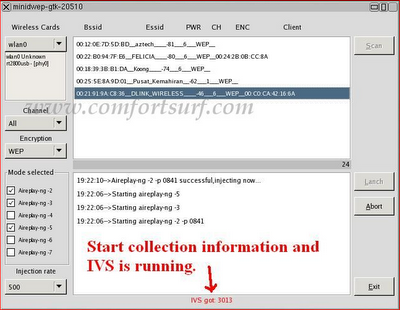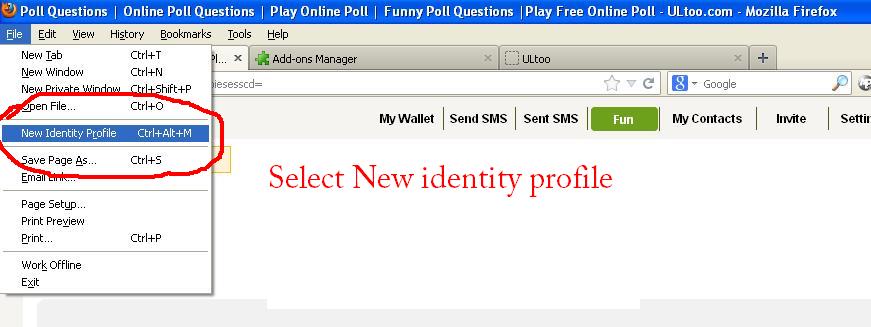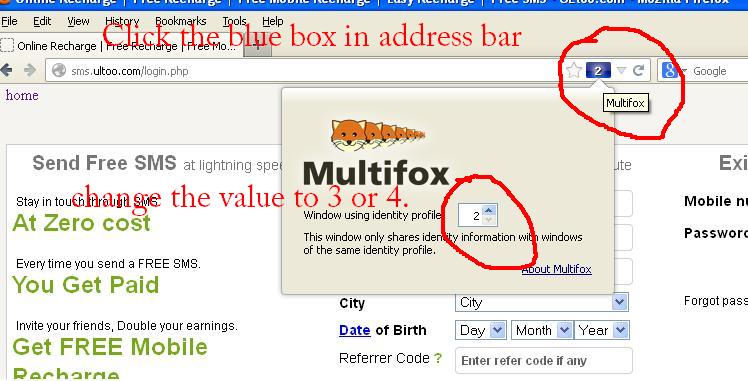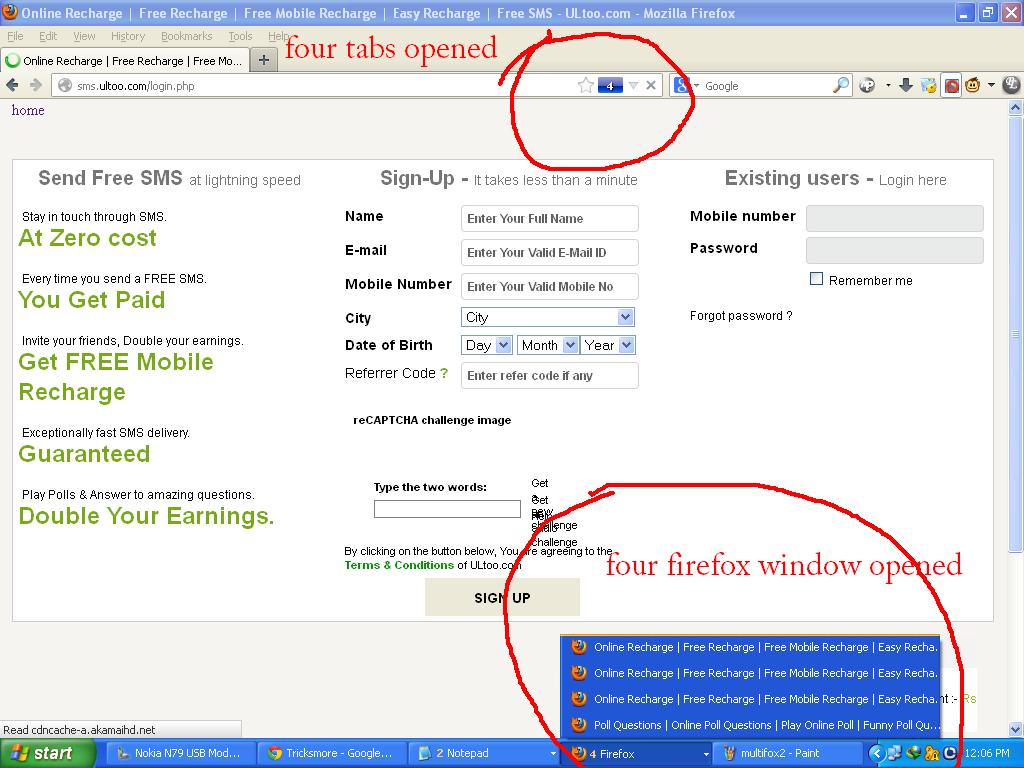
What is XSS?
Cross Site Scripting also known as XSS , is one of the most common web
appliction vulnerability that allows an attacker to run his own client
side scripts(especially Javascript) into web pages viewed by other
users.
In a typical XSS attack, a hacker inject his malicious
javascript code in the legitimate website
. When a user visit the specially-crafted link , it will execute the
malicious javascript. A successfully exploited XSS vulnerability will
allow attackers to do phishing attacks, steal accounts and even worms.
Example :Let us imagine, a hacker has discovered XSS
vulnerability in Gmail and inject malicious script. When a user visit
the site, it will execute the malicious script. The malicious code can
be used to redirect users to fake gmail page or capture cookies. Using
this stolen cookies, he can login into your account and change password.
It will be easy to understand XSS , if you have the following prerequisite:
- Strong Knowledge in HTML,javascript(Reference).
- Basic Knowledge in HTTP client-Server Architecure(Reference)
- [optional]Basic Knowledge about server side programming(php,asp,jsp)
XSS Attack:
Step 1: Finding Vulnerable Website
Hackers use google dork for finding the vulnerable sites for instance
"?search=" or ".php?q=" . 1337 target specific sites instead of using
google search. If you are going to test your own site, you have
to check every page in your site for the vulnerability.
Step 2: Testing the Vulnerability:
First of all, we have to find a input field so that we can inject our
own script, for example: search box, username,password or any other
input fields.
Test 1 :
Once we found the input field, let us try to put some string inside the
field, for instance let me input "BTS". It will display the result .
Now right click on the page and select
view source. search for the string "BTS" which we entered in the input field. Note the location where the input is placed.
Test 2:
Now we are going to check whether the server sanitize our input or not.
In order to do this , let us input the .
Now it will display pop-up box with 'BTS' string. Finally, we
successfully exploit the XSS . By extending the code with malicious
script, a hacker can do steal cookies or deface the site and more.
Types of XSS Based on persisting capability:
Based one Persistence capability, we can categorize the XSS attack into two types namely Persistent and Non-Persistent.
Persistent XSS:
The Persistent or Stored XSS attack occurs when the malicious code submitted by attacker is saved by the server in the
database, and then permanently it will be run in the normal page.
For Example:
Many websites host a support forum where registered users can ask their doubts by posting message , which are stored in the database. Let us imagine , An attacker post a message containing malicious javascript code
instead. If the server fail to sanitize the input provided, it results
in execution of injected script. The code will be executed whenever a
user try to read the post. If suppose the injected code is cookie
stealing code, then it will steal cookie of users who read the post.
Using the cookie, attacker can take control of
your account.
Non-Persistent XSS:
Non-Persistent XSS, also referred as Reflected XSS , is the most common
type of XSS found now a days. In this type of attack, the injected code
will be send to the server via HTTPrequest. The server embedd the input
with the html file and return
the file(HTTPResponse)
to browser. When the browser executes the HTML file, it also execute
the embedded script. This kind of XSS vulnerability frequently occur in
search fields.
Example:
Let us consider a project hosting website. To find our favorite
project, we will just input the related-word in the search box . When
searching is finished, it will display a message like this "search
results for yourword " . If the server fail to sanitize the input
properly, it will results in execution of injected script.
In case of reflected XSS attacks, attacker will send the
specially-crafted link to victims and trick them into click the link.
When user click the link, the browser will send the injected code to
server, the server reflects the attack back to the users' browser. The
browser then executes the code .
In addition to these types, there is also third type of attack called
DOM Based XSS attack, i will explain about this attack in later posts.
What can an attacker do with this Vulnerability?
- Stealing the Identity and Confidential Data(credit card details).
- Bypassing restriction in websites.
- Session Hijacking(Stealing session)
- Malware Attack
- Website Defacement
- Denial of Service attacks(Dos)
Disclaimer:
This article is intended for educational purpose only.















































